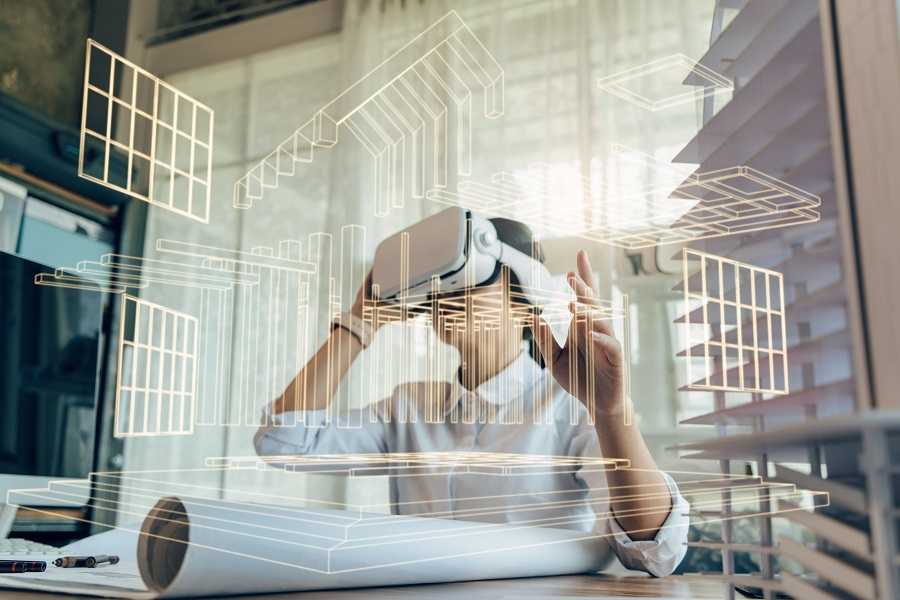
Why Every Architect Should Integrate CAD with Virtual Reality (VR)
Contemporary architecture receives its transformation through the joint utilization of Computer-Aided Design (CAD) with Virtual Reality (VR) by architects. Architecture professionals receive an interactive design visualization method that allows them to improve their design quality and architecture drawing services, alongside presentation enhancement. The era of static two-dimensional blueprint profiles is over since architects now experience designs before construction starts.
The partnership of CAD and VR enables companies to achieve more precise results and streamlined workflow adjustments, which produces major changes in architectural drawing service delivery practices.
Enhancing the Visualisation and Accuracy of Design
Architects benefit the most from traditional CAD software by building both 2D and 3D models, yet their ability to approach design tasks is vastly enhanced when using VR. Modern VR technology enables architects to examine their designs through complete, dynamic environments, which helps them prevent errors while revising space placements on the spot. A complete understanding of every design aspect allows architects to verify proportions as well as materials and lighting so they can create precise final designs.
Improving Communication and Interaction with Clients
The transmission of substantial architectural messages to clients proves challenging because clients tend to have a limited understanding of both blueprints and static three-dimensional forms. Virtual reality (VR) functions as a solution for this challenge by giving clients interactive access to their upcoming living environments. The approach creates a better level of client engagement while stopping potential misinterpretations to guarantee the architect’s vision remains clear. The decision-making process gets enhanced through this method because you can offer suggestions and execute them swiftly.
Improving the Teamwork and Process
The work of architecture truly requires deep collaboration because it needs engagement from engineers alongside interior designers and contractors. VR enables these teams to experience their future designs virtually, thus preventing design differences from developing before construction begins. Virtual reality allows architects to work together on global projects and increase their workforce diversity through its incorporation within Computer-Aided-Design (CAD) procedures.
Reducing Costs and Minimising Errors
Building projects that use architectural modifications tend to carry substantial costs because discovering mistakes becomes evident during the construction period. Through VR implementation, architects reduce such risks by exploring many design alternatives without encountering real-world issues. The implementation of this approach eliminates the need for expensive and unnecessary corrections throughout the development cycle, which results in reduced financial expenses and minimized labor costs.
Empowering Architecture
The industrial digital transformation requires both CAD and VR to merge as an essential pair. The early development stages of VR hardware and software create both opportunities and challenges for the upcoming applications of architecture as they still require further exploration.
Conclusion
The combined usage of VR technology with CAD brings architects a set of outstanding outcomes including accelerated design work alongside clear communication with clients and team collaboration and lower project expenses. The digital revolution demands that architecture drawing services accept adaptation as a requirement for leadership in the current industry. Time to encounter the next level of architecture development.





